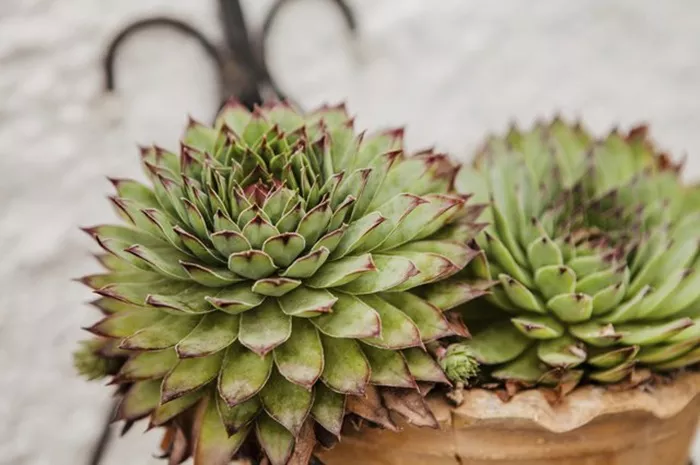Succulents have become increasingly popular among plant enthusiasts and casual gardeners alike. Their unique shapes, vibrant colors, and low maintenance needs make them an ideal choice for many. However, one of the most common questions asked about succulents is whether they need shade or sun. Understanding the light requirements of succulents is crucial for their health and growth. This article will explore the light needs of succulents, the effects of too much or too little light, and tips for providing the right conditions for these hardy plants.
Understanding Succulents
Succulents are a diverse group of plants that have adapted to store water in their leaves, stems, or roots. This adaptation allows them to thrive in arid environments where water is limited. Common examples of succulents include aloe vera, jade plants, and echeveria. While each type of succulent has specific needs, most prefer bright, indirect sunlight. Understanding these needs is essential for successful cultivation.
Light Requirements for Succulents
Most succulents thrive in bright light conditions. Full sun typically means that the plants receive at least six hours of direct sunlight each day. Many succulents, such as sedums and agaves, flourish in full sun and can tolerate intense light. However, some varieties may benefit from partial shade, especially in extremely hot climates.
When growing succulents indoors, placing them near a south-facing window is ideal. This location provides the most light throughout the day. If a south-facing window is not available, east-facing windows can also work well, as they receive bright morning light. It is important to observe how your plants respond to their light conditions and make adjustments as necessary.
Effects of Too Much Sunlight
While succulents enjoy sunlight, excessive direct light can lead to problems. Overexposure to intense sunlight can cause sunburn, which appears as brown or white patches on the leaves. This damage can be irreversible and may lead to the decline of the plant.
To prevent sunburn, it is essential to acclimate succulents gradually to direct sunlight. If you are moving a succulent from a shaded area to a sunny spot, do so slowly over a week or two. This gradual exposure helps the plant adjust without suffering from shock or damage. Additionally, during the hottest part of the day, providing some shade can help protect the plants.
Effects of Too Little Sunlight
Conversely, succulents can also suffer from insufficient light. When they do not receive enough sunlight, they may become elongated and leggy, a condition known as etiolation. Etiolated succulents stretch toward the light source, resulting in weak stems and sparse foliage. The colors of the leaves may also fade, losing their vibrant hues.
To ensure your succulents receive adequate light, monitor their growth and appearance. If you notice stretching or pale colors, consider moving them to a brighter location. Indoor gardeners should be particularly mindful of light levels during the winter months when natural light is limited.
Seasonal Considerations
The light requirements of succulents can change with the seasons. In summer, when sunlight is more intense, some succulents may benefit from partial shade during the hottest part of the day. Providing some protection can help prevent sunburn and keep the plant healthy.
In winter, when natural light decreases, succulents may need more direct sunlight. If indoor succulents are not receiving enough light, consider using grow lights to supplement their needs. These lights can provide the necessary spectrum for healthy growth and help prevent etiolation.
Tips for Providing the Right Light Conditions
To ensure your succulents thrive, consider the following tips for providing the right light conditions
Choose the Right Location
Place succulents in areas where they can receive ample sunlight. South-facing windows are ideal for indoor plants. If growing outdoors, select a location that receives plenty of sunlight throughout the day.
Rotate Plants
If your succulents are growing unevenly, rotate them regularly. This practice helps all sides receive equal light exposure and promotes balanced growth.
Use Grow Lights
If natural light is insufficient, especially in winter, consider using grow lights. These lights can provide the necessary spectrum for photosynthesis and help maintain healthy growth.
Monitor Temperature
Ensure that your succulents are not exposed to extreme temperatures. Sudden temperature changes can stress the plants and affect their growth. Maintaining a stable environment is crucial for their well-being.
Observe Your Plants
Regularly check your succulents for signs of stress. Look for discoloration, stretching, or leaf drop. Adjust their light conditions as needed to promote healthy growth.
Conclusion
Succulents are resilient plants that thrive in bright light conditions. Most varieties prefer full sun, while some may benefit from partial shade, especially in hot climates. Understanding the light requirements of your specific succulent species is crucial for their health and growth. By providing the right amount of sunlight and monitoring their condition, you can enjoy a thriving collection of these beautiful plants. With proper care, succulents will reward you with their unique beauty and charm for years to come.


